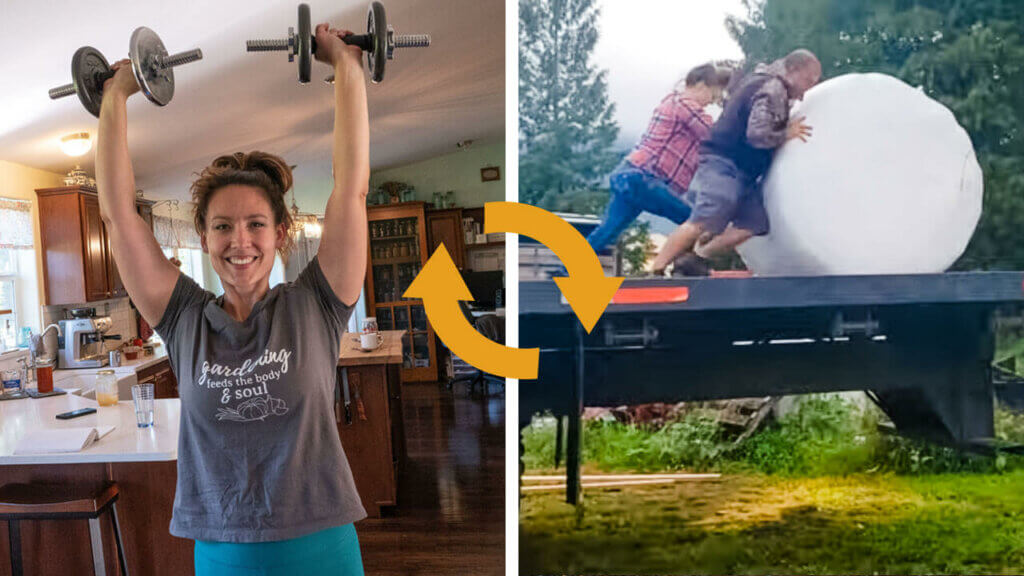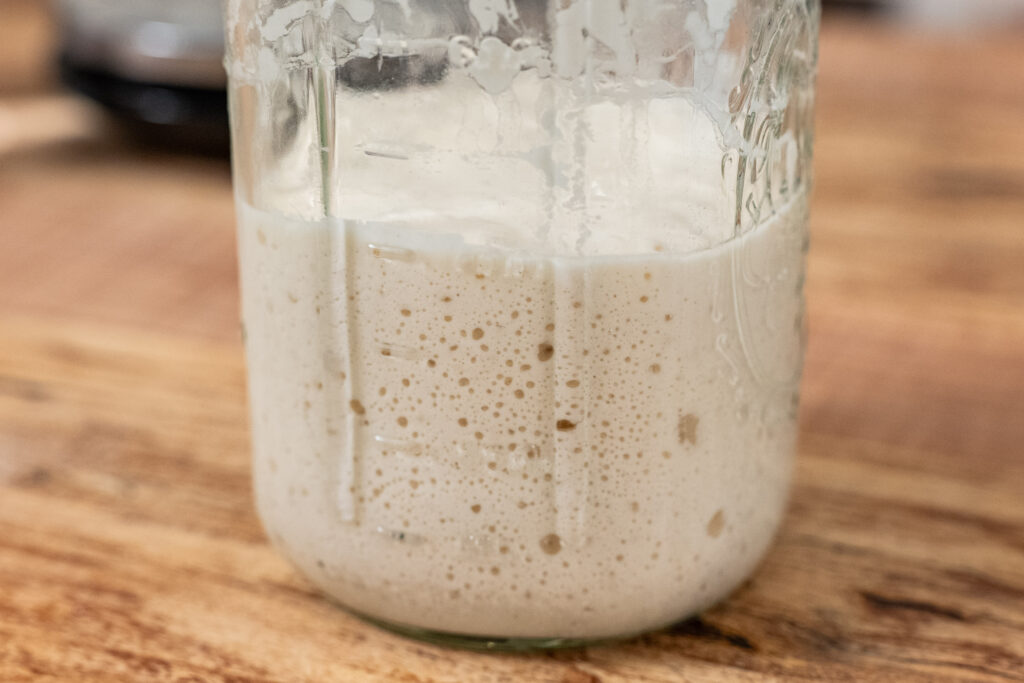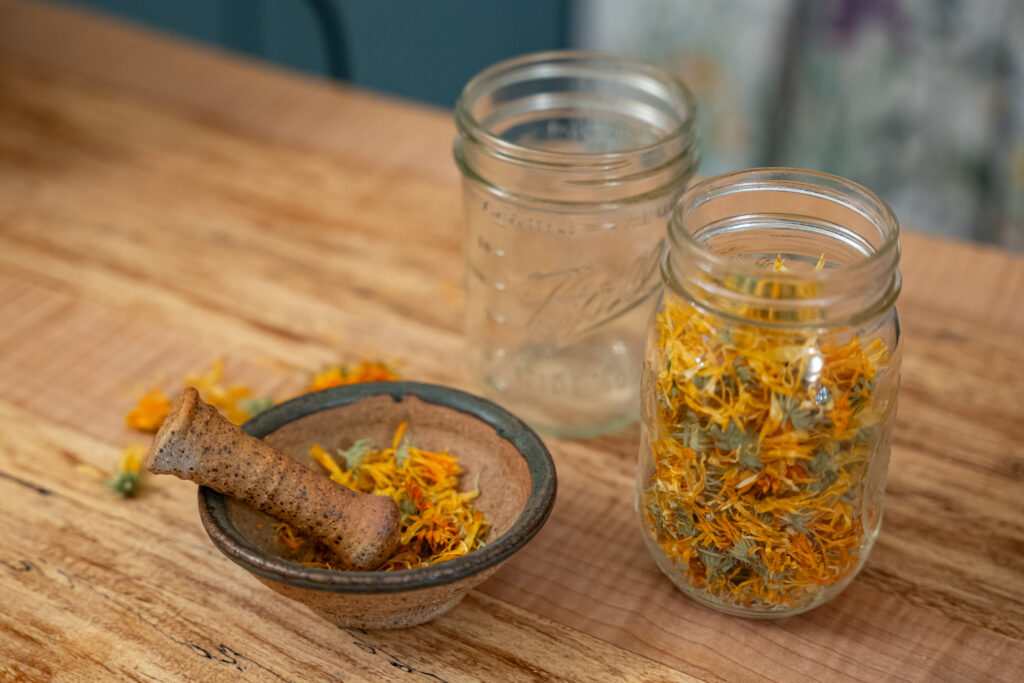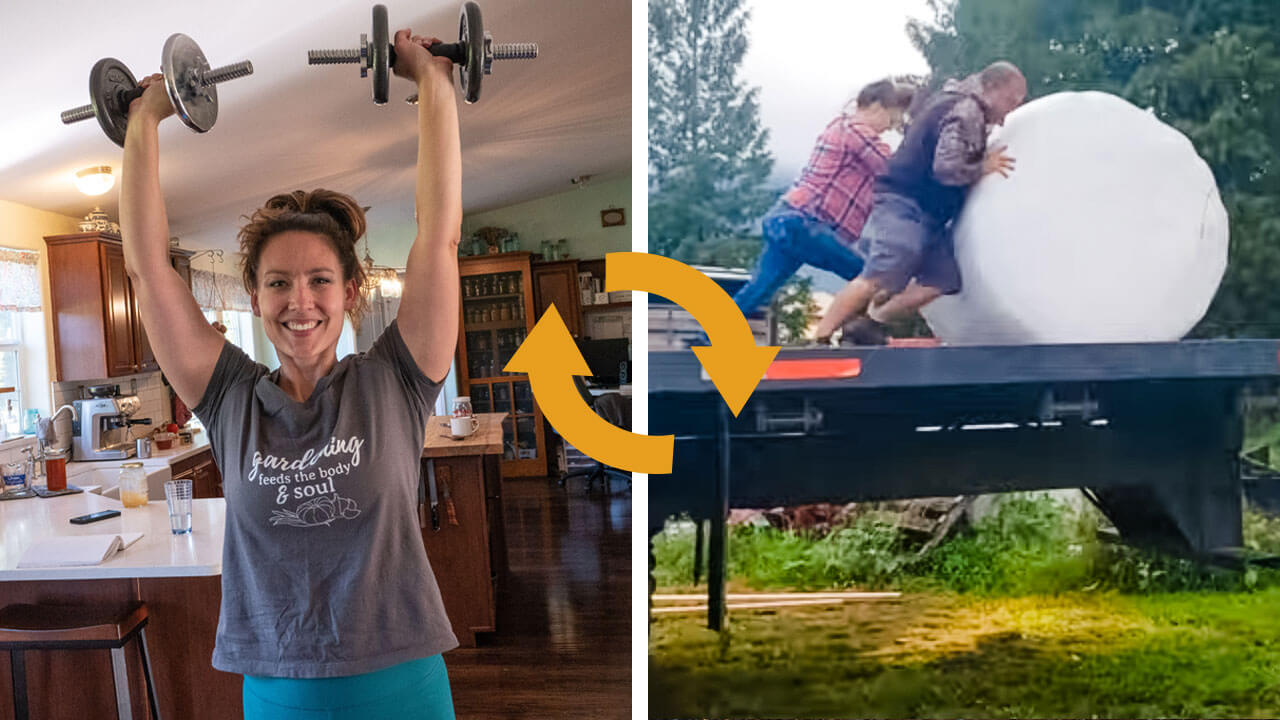As a homesteader, there are always movements that require me to be in good physical shape. From building fences, lifting hay bales, and weeding in the garden, if I’m not physically fit, I end up in pain from injury or strain. Join me as I share my journey to a life of good health.

Welcome to the Pioneering Today Podcast episode #287 where I’m sharing my health journey and how I managed to make fitness a part of my daily life. Including my tips on how I’ve learned to keep fitness a daily practice in order to maintain my homesteading lifestyle.

🍞 Struggling With Sourdough?
If your starter won’t take off, your loaves are dense and hard, or sourdough just flat-out overwhelms you…
👉 I’ll show you how to fix all of it.
Join my FREE live workshop and learn how to make a bubbly, active starter—the right way, from Day One.
🗓️ Jan 12 @ 1pm PT
Natural Remedies Made Simple

Start your home apothecary with confidence—even if you’re brand new. Learn how to choose the right herbs for your body using the simple principles of herbal energetics.
Discover how warming, cooling, drying, and moistening herbs affect your body—so you can stop guessing and start making remedies that actually work.
To see the exact exercises I do to stay strong, I’ve included my YouTube video below. As always, stay safe, and if you’re unsure or just starting out on your health journey, consult a healthcare provider.
It’s important to note that I am not a certified medical practitioner. This post is not intended to diagnose or treat but is for informational purposes only. Please contact your healthcare professional before introducing new herbal and natural remedies into your wellness routine.
In this episode:
- Beginning my story in my teen years with an eating disorder.
- Tip: If you want to start a physical fitness routine, DON’T pick something that you hate!
- A cancer scare ten years ago and how that changed my diet.
- Learning about the importance of hormone balance and how I corrected my imbalances.
- Discovering PiYo and becoming a fitness instructor.
- Tip: Workout for a minimum of 10 minutes… if you can keep going after the 10 minutes, then keep going!
- My current fitness routine.
- How you can workout with me as a Pioneering Today member.
- Learn how to make the perfect sourdough starter with me here
More Posts You May Enjoy
- How to Heal Stomach Acid Naturally – My Story Part 1
- Toxin Testing & My Results
- Our Broken Food System
- The Nourishing Asian Kitchen (Sophia Eng)
- How to Detox Naturally from Toxins & Heavy Metals
- 7 Signs You Suffer From Thyroid Disease
- Rebekah Rhodes’ Journey With Thyroid Disease
- Thyroid, Adrenal Glands & Hormone Health
[fusebox_transcript]



